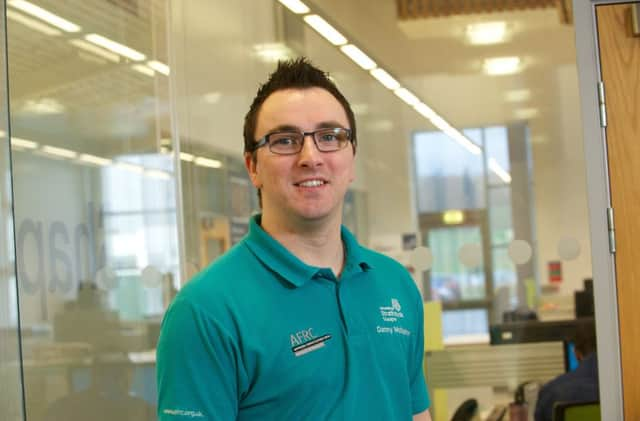Strathclyde Uni to play key role in European eco-homes push


Supported by Interreg North Sea region (NSR), the scheme encompasses the parts of the UK, Norway, Denmark, Belgium, Germany, the Netherlands and Sweden that border the North Sea – currently home to some 60 million people.
Focusing on properties built between 1950 and 1985 that must become more sustainable to meet EU energy and climate targets, the project aims to stimulate the European building sector.
The three-year initiative aims to industrialise housing by creating a blueprint for an autonomous factory that adopts new technologies and can churn out thousands of refurbishment kits.
The University of Strathclyde’s Space Mechatronic Systems Technology Lab (SMeSTech) and Advanced Forming Research Centre (AFRC) have joined the consortium with partners from the Netherlands, Belgium, Germany, Sweden and Norway.
Xiu Yan, director of SMeSTech lab, said: “This is a very ambitious project aiming to address the real challenge faced by millions of people living in energy inefficient homes in the North Sea region.
“The University’s multi-disciplinary team have blended their expertise to lead key work packages within this challenging and potentially impactful project.
Danny McMahon, senior manufacturing engineer and team lead for digital manufacturing at the AFRC, said: “This is a really exciting project that could have a big impact on achieving climate targets, reducing energy costs for home owners and boosting sustainability.
“Manufacturing the packs needed to refurbish 22 million homes by 2050 is an enormous task, one that the current building sector cannot meet without help.”